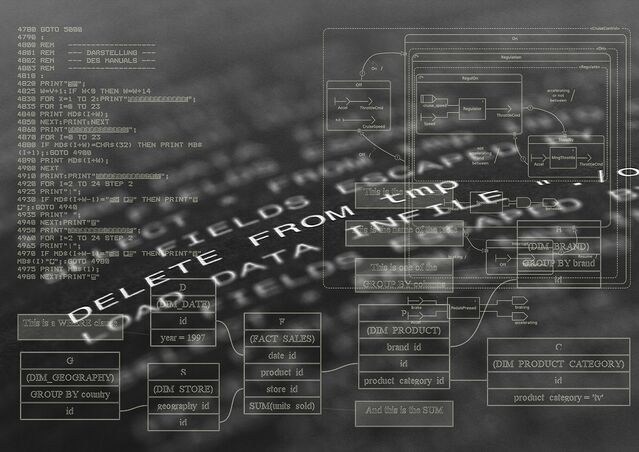Intuition
Using Algorithms to Enhance Intuitions
How to reconcile these two decision-making tools.
Posted December 16, 2021 Reviewed by Michelle Quirk
Key points
- Experience makes us feel we are getting better and quicker at making decisions, but quick doesn’t always mean accurate.
- Algorithms can challenge and enhance our experience-based intuition.
- The trick is to find a few variables that have been shown by reliable evidence to be useful for a specific goal.
More experience in a given situation tends to make us feel we are getting better at making decisions. As we gain expertise, our judgments get quicker, too. But quick doesn’t always mean accurate.
So, how does one enhance intuition for repetitive yet complicated decisions?
Using Algorithms in Decision-Making
Algorithms enter the scene. Beyond our rapid gut feelings, these simple models provide an even faster suggestion. While we typically consider them in the context of online platforms and social media, they are also frequently employed in many decision situations where intuition can fail.
Banks use them when they give credit. Schools use them when they admit students. Hospitals use them to prioritize treatments. Michael Lewis’s Moneyball is about how algorithms can reshape and improve the way scouts seek talents for baseball teams.
The trick is to find a few variables that have been shown by reliable evidence to be useful for a specific goal. We can then start with a simple algorithm based on these variables and use the resulting recommendation as an objective reference for a given decision before our hard-to-revise intuition kicks in.
Reconciling Algorithms and Intuition
Say we are between two (or more) alternatives. These could be investment options, job candidates, or holiday destinations.
A first question to ask would be about our objectives. What do we aim to accomplish through our choice? This question will help us focus on what’s important and discount details that may be prominent in our intuition but not so relevant for our goals.
A second question is about the variables that have the largest impact on our objectives. We can search for data that would help us identify these. We can collect evidence from people who have made similar choices in the past to better understand the effects of different variables.
Given this information, we can now build a simple algorithm. For instance, we can use one variable with a major impact on outcomes to immediately eliminate some of the options. For those remaining, we can generate scores, weighting them according to their importance vis-à-vis our aims.
Ultimately, we’ll get to a ranking of options, based on the algorithm.
If the results are similar to what our intuition suggests, then we can be more confident that we are making a wise decision. If, on the other hand, the results clash with our intuition, then we can check the reasons for this discrepancy and update either our algorithm or our intuition accordingly.
Especially in business and social environments that are full of outside influencers that wish to affect our perceptions, such do-it-yourself algorithms can challenge and enhance our intuition when needed.



